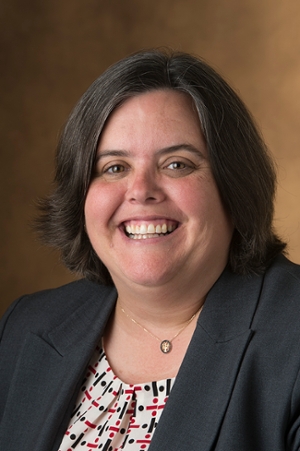 The Carnegie Commission on Higher Education has upgraded Southern Illinois University Edwardsville to the newly created doctoral/professional universities category. SIUE was previously considered a master’s-large institution.
The Carnegie Commission on Higher Education has upgraded Southern Illinois University Edwardsville to the newly created doctoral/professional universities category. SIUE was previously considered a master’s-large institution.
“This new categorization better reflects the powerful array of programs that SIUE offers and distinguishes it from many regional master’s comprehensive universities that were members of the previous Carnegie classification,” said Denise Cobb, PhD, provost and vice chancellor for academic affairs. “Furthermore, this new designation more accurately reflects SIUE’s impact on the region and beyond by highlighting the doctor of pharmacy, doctorate of dental medicine, doctor of nursing practice along with the research doctorate in education.
“These degrees in combination with high quality undergraduate and master’s programs provide vital paths for prospective students and offer a dramatic impact on public service, healthcare and education for the region.”
SIUE joins the doctoral universities category that includes institutions that awarded at least 30 professional practice doctoral degrees in two or more programs, but less than 20 research/scholarship doctoral degrees during the 2016-17 fiscal year. This category also includes institutions awarding at least 20 research/scholarship doctoral degrees that had less than $5-million in research expenditures.
According to Carnegie, the Doctoral Universities categories were reshaped to better accommodate “Doctor’s degree – professional practice” within the Carnegie methodology. These degrees were formerly categorized as “first professional degrees” and including such degrees as the MD, JD, PharmD, and DMD, were not previously considered as part of the basic classification methodology.
Among the 161 institutions in the new category, SIUE is among the top three in research expenditures, according to the National Science Foundation (NSF) Higher Education and Research Development (HERD) survey. At $17.4-million, SIUE is surpassed by two institutions, each with schools of medicine – Augusta University and Creighton University. SIUE is one of only 31 public institutions in the category.
“Being among the top institutions for research expenditures in our category reflects the high quality of scholarship that SIUE faculty accomplish,” said Jerry Weinberg, associate provost for research and dean of the Graduate School, “and bring into their teaching to enhance our students’ academic experiences.”
Universities categorized as R1 (very high research activity) or R2 (high research activity) must minimally have $5-million in total research expenditures and 20 research doctoral grads. To ascend to the R2 category, SIUE has surpassed the $5-million threshold in research expenditures. In 2017, SIUE produced 10 research (EdD) grads along with 78 pharmacy (PharmD), 51 dental medicine (DMD) and 10 nursing (DNP) professional grads.
The Carnegie Classification® has been the leading framework for recognizing and describing institutional diversity in U.S. higher education for more than 40 years. Starting in 1970, the Carnegie Commission on Higher Education developed a classification of colleges and universities to support its program of research and policy analysis. Derived from empirical data on colleges and universities, the Carnegie Classification was originally published in 1973, and subsequently updated periodically to reflect changes among colleges and universities. This framework has been widely used in the study of higher education, both as a way to represent and control for institutional differences, and also in the design of research studies to ensure adequate representation of sampled institutions, students or faculty.